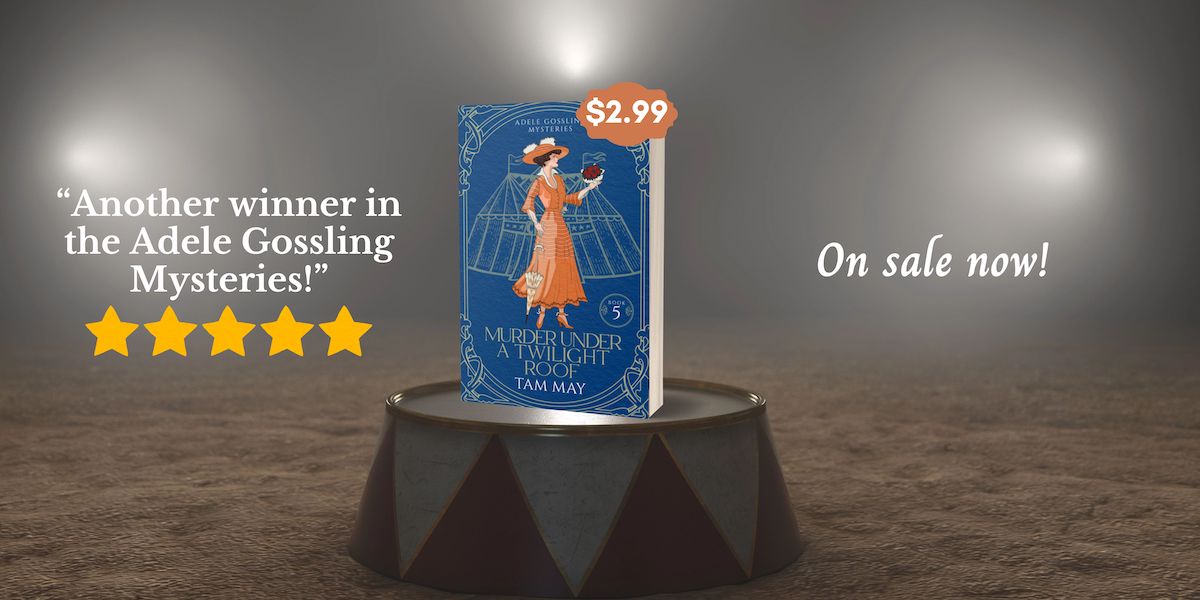
Photo Credit: Vintage art flea market, created 2 March 2014, uploaded 24 October 2016: teliatan/Pixabay/Pixabay license
If you’ve read some of my books, you’ve probably figured out by now that I love to make associations. I’m drawn to different works of art that often times relate to my characters and help bring out their psychological reality. For example, in False Fathers, the myth of Actaeon and Diana plays a heavy role symbolically in Jake’s story (something you can read more about here and here).
I usually don’t plan these things ahead of time. During the outline or first draft phases of my writing, certain associations will come to me, and I’ll research a myth, book, artwork, musical piece, etc., and realize the symbolic and/or thematic significance of it and then weave it into the story. Sometimes it becomes something major (like the myth of Actaeon and Diana), and sometimes it gets only a mention.
Although literature is my usual comfort zone, I also find certain works of art fascinating, and two of these found their way symbolically and thematically in two of the stories in Lessons From My Mother’s Life.

Photo Credit: The Nightmare, Henri Fuseli, 1781, oil on canvas, Detroit Institute of Arts: Hohum/Wikimedia Commons/PD Art (PD old)
A painting I found a while back while looking for images for my old blog site that absolutely intrigued me was Henri Fuseli’s The Nightmare. I actually did use it for a time until I got my logo and put that on the site. The painting, as you can see above, has very gothic, dark undertones reminiscent of popular late 18th century gothic novels (and the painting was indeed created during that time period). As described in this article, the painting was shocking in its immoral and sexual undertones when it was displayed at the Royal Academy in 1781. The painting appears in my story “Soul Destinations” where Gary, an aging musician haunted by ghosts from his father’s past, tries to explain to Joan, the woman he meets on a train, about a hallucinatory demon named Lucas that exists in his father’s mind:
“Have you ever seen Henry Fuseli’s painting The Nightmare?” Joan nodded. “That woolly demon sitting on the sleeping woman in white,” said Gary. “That’s Lucas. Always crouched over someone with those hollow, evil eyes and that twisted mouth.”
Lucas becomes a symbol for Gary of many things: his failing musical career, his father’s unstable mental health, and the tragedy of a man he never met caught up in the horrors of the Holocaust.

Photo Credit: The Disquieting Muses, Giorgio de Chirico, 1916-1918, The Hidden Art Treasure: 150 Italian Masterpieces, Exhibition in Naples, March, 2017: Carlo Raso/Flickr/Public Domain
The other painting that makes an appearance in Lessons is Giorgio de Chirico’s The Disquieting Muses, which appears in my story “Two Sides of Life.” The painting depicts two of the nine mythical Muses of Greek mythology: Melpomene, the Muse of Tragedy (representing by the sitting muse with the red mask lying near her feet) and Thalia, the Muse of Comedy (who stands beside what looks like a straight candy cane, which represents her staff). The picture, even with its brilliant reds, oranges, yellows, and greens, is disturbing in its abstractions of the faceless, bald muses.
However, the protagonist of the story, an empty-nester named Leanne, sees the muses differently in a sculpture inspired by de Chirico’s painting shown to her by her husband’s lab assistant, an art enthusiast:
“I’m not familiar with the Muses,” she admitted.
“I wouldn’t expect you to be.” He smiled, sitting on a box in the corner that was too low for his long legs. He looked like a grasshopper resting on a tree stump. “The one with the sword is Melpomene, the Muse of Tragedy. Her sister, Thalia, is the Muse of Comedy.”
“I see,” Leanne murmured. “The two sides of life. Sadness and joy.”
Leanne later relates this idea of two sides of life in her connection with Arlene, a woman who is a generation younger than she is and has only disdain for the women of the Occupation: Housewife era.
I first heard of de Chirico’s painting through reading Sylvia Plath’s poem “The Disquieting Muses”. The painting is striking, through not really my style (I prefer more classical paintings like The Nightmare). Plath’s poem, like my story, appropriates the painting in a different way. You can listen to Plath reading the poem herself here.
If you want to read these stories, feel free to pick up a copy of Lessons From My Mother’s Life. Buy links can be found here.

